Imagine being a typical homeowner who has discovered a remarkable method to both save money and contribute to environmental conservation – through the integration of renewable energy.
Experiments with various sources, like solar power, wind energy, and even geothermal technology, have resulted in a significant decline in my energy expenditure and a reduced carbon footprint.
Now, it’s my turn to guide you on this path of eco-efficiency, offering valuable advice to transform your home into a greener and more cost-effective space.
So, are you ready to join this sustainable voyage?
Key Takeaways
Renewable energy sources such as solar, hydroelectric, geothermal, and wind can save money by reducing energy costs.
Implementing energy-saving measures at home, such as insulation, upgrading to energy-efficient appliances, and using LED lighting, can result in significant savings.
Conserving water can lower water bills, and recycling items like aluminum cans can have monetary benefits.
Using renewable energy helps reduce reliance on fossil fuels, lowers greenhouse gas emissions, and contributes to a cleaner and more sustainable future.
Table of Contents
Exploring the World of Renewable Energy
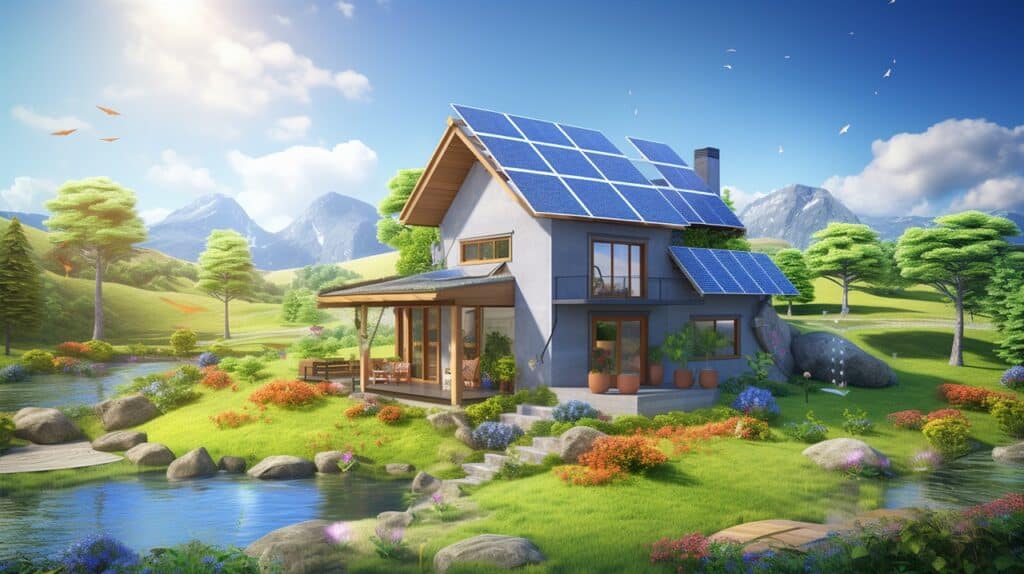
In our fast-paced, modern world, it’s crucial for us to appreciate that renewable energy is derived from sources that naturally replenish themselves and can be harnessed without causing environmental harm. Understanding and utilizing renewable energy isn’t as intimidating as one might think.
‘Embracing Renewable Energy: A Step Towards a Greener Future’
When we adopt renewable energy solutions for our homes, we become part of a collective effort towards a cleaner and more sustainable future. Residential renewable energy systems, such as solar panels and wind turbines, offer an effective way to power our homes. This isn’t just a practical step, but also an important skill to acquire in our quest to comprehend renewable energy.
‘Renewable Energy Homes: A Trend Towards Sustainability’
Opting for renewable energy homes is more than just a passing trend – it’s our pathway towards sustainability. By choosing renewable energy for our homes, we’re not only saving money, but also contributing to the preservation of our planet. Home renewable energy systems are an investment in our future, signifying our commitment to a sustainable lifestyle.
Exploring Your Household’s Energy Consumption
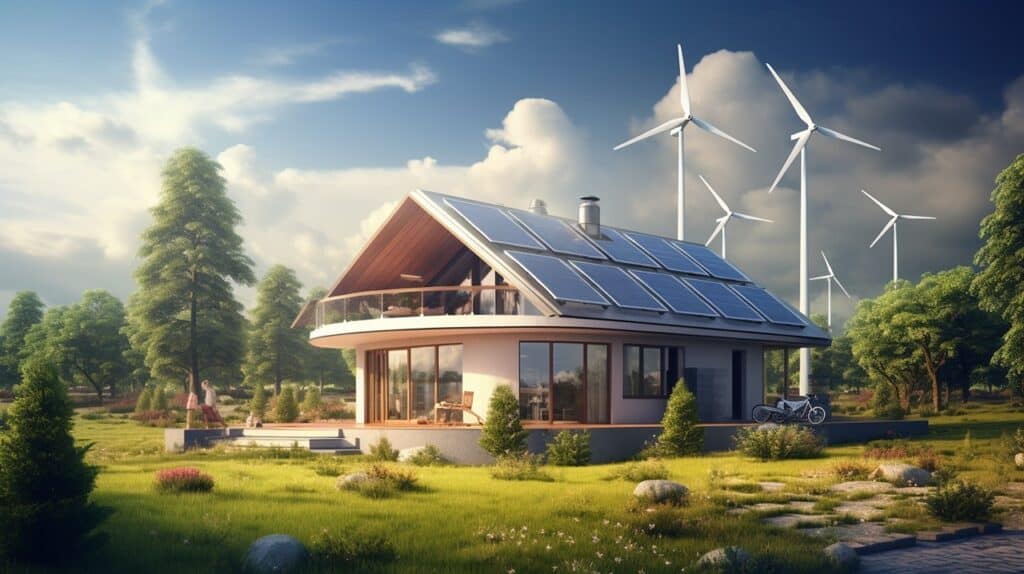
Before we delve into the diverse methods of cost-saving through home-based renewable energy, it’s vital to commence with an in-depth examination of your home’s energy requirements. Let’s identify the areas of high energy consumption and find potential energy-saving opportunities.
The task consists of the following:
- Identify high-energy-consuming appliances within your home.
- Examine how your lifestyle patterns affect energy consumption.
- Evaluate the viability of renewable energy systems within your local area.
By scrutinizing your household’s energy consumption, you can discover the most efficacious strategies to integrate renewable energy into your home. With this, you, too, can partake in a sustainable future by employing renewable energy at home.
Solar Power: A Comprehensive Guide
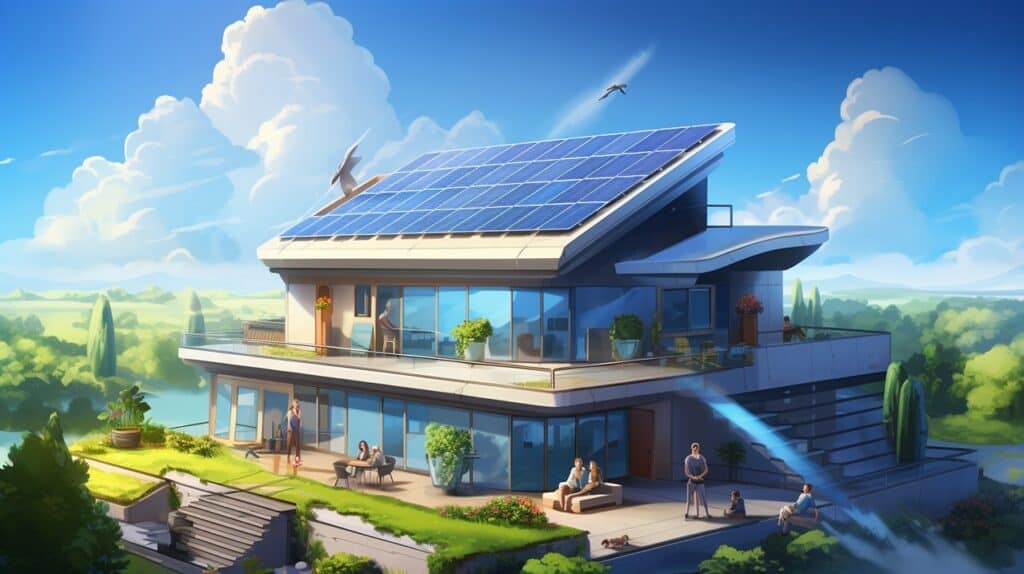
Having evaluated our home’s energy consumption, it’s time to explore solar power, a significant contender in the renewable energy sector, and examine its potential for cost savings.
Solar power is a bit like a personal financial assistant – its job is to reduce your expenses. But, you may wonder, how does solar power actually help us save? It’s quite straightforward – by enabling us to produce our own electricity, it decreases our dependence on the conventional power grid. As a result, the use of solar energy leads to substantial savings over time.
Solar energy is perhaps one of the best ways to save money and help Mother Earth. It is effectively an infinite source of renewable energy which can heat your home and generate electricity. Of course, it can be expensive, to begin with, but the future monetary payback is worth the initial cost.
https://www.sepco-solarlighting.com/blog/how-to-save-money-with-renewable-energy-at-your-home
If we aim to conserve energy, installing solar panels at home is a viable solution. They provide a practical approach to leverage solar energy and cut costs. Keep in mind that energy conservation is synonymous with cost saving. Let’s delve deeper into how we can harness solar power at home and embark on a journey towards a more sustainable future.
As for ‘Real-World-Examples’, consider the case of Germany, a country that has significantly reduced its reliance on fossil fuels by adopting solar energy.
Today the Fraunhofer Institute for Solar Energy Systems ISE presented the data on net public electricity generation for the first half of 2023 from the Energy-Charts data platform. Renewable generation, with a share of 57.7 percent of the net electricity generation for public power supply, that is, the electricity mix that comes out of the socket, was significantly higher than the first half of 2022 (51.8 percent).
https://www.ise.fraunhofer.de/en/press-media/press-releases/2023/german-net-power-generation-in-first-half-of-2023-renewable-energy-share-of-57-percent.html
Finally, as a recommendation or ‘Reco’, if you’re considering installing solar panels, research the potential savings in your specific geographical location, taking into account the local climate, sunlight exposure, and potential government incentives for green energy solutions.
Remember: ‘When we conserve energy, we save money. Harness the power of the sun for a sustainable and economical future.’
Exploring Wind Energy and Its Advantages
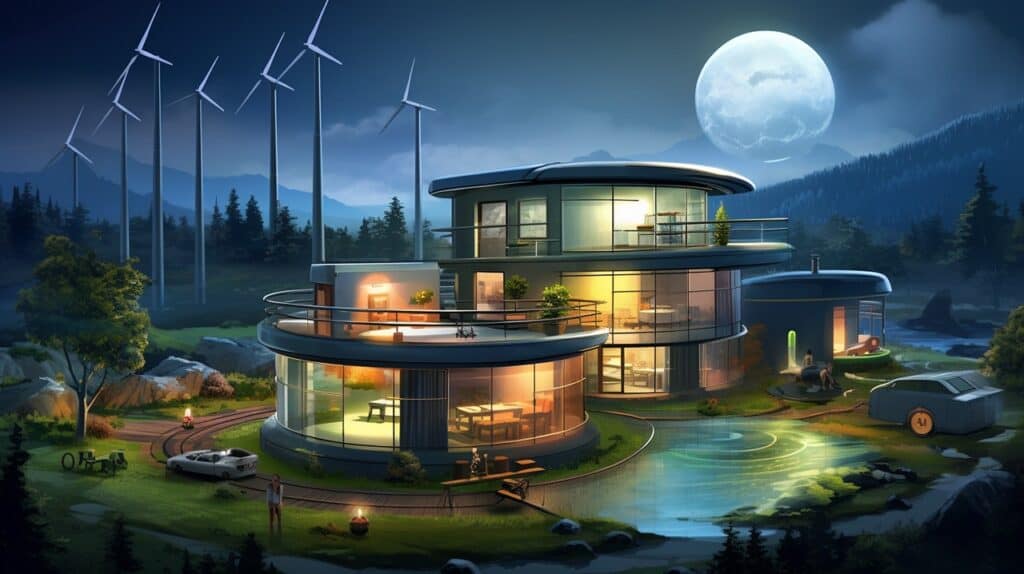
Having already tapped into the abundant power of the sun, it’s time to shift our focus to another rich, renewable energy source – wind energy. Skillfully utilized, wind energy can lead to significant reductions in our energy expenditures.
Wind energy presents an impressive array of advantages, both monetary and environmental. It ranks among the top renewable energy options for homes, representing an excellent means of harnessing renewable power.
- Envision your energy bills taking a nosedive, all thanks to the power of the wind.
- Visualize a cleaner, healthier world for future generations, fueled by the power of wind energy.
- Experience the satisfaction of playing a part in promoting a sustainable future with renewable energy initiatives at home.
This is the power of integrating renewable energy into your household. Let’s join forces and transform our homes into green energy havens!
To put it in a custom quote, ‘Harness the wind, and you’ll be harnessing not only a powerful force of nature, but also a powerful force for change.’
How to Install Geothermal Systems
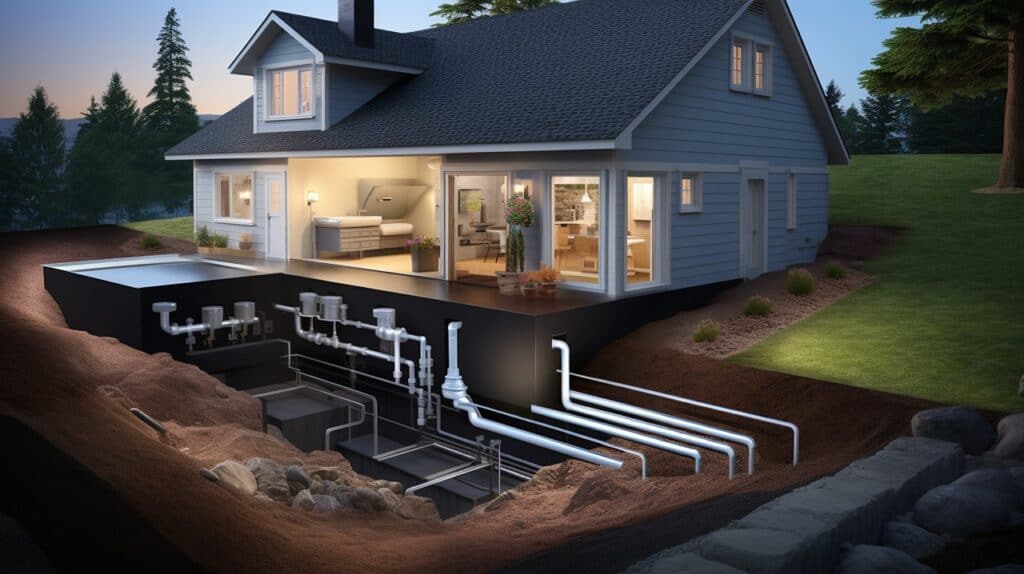
Navigating from the subject of wind power, we’re now setting our compass towards an economical and green solution – the installation of a geothermal system in your household. This is a continuation of our series on renewable energy options for homeowners, wherein we delve into the realm of sustainable energy alternatives for residential properties. Among these, geothermal systems, signifying a category of environmentally friendly residential energy, emerge as one of the prime choices for home-based renewable energy sources.
Here’s the process of installing a geothermal system in your home:
- Research: Seek out a local organization that has expertise in geothermal systems.
- Consultation: Have a dialogue about your home’s unique needs and design.
- Installation: Allow the experts to set up your system while you relax.
- Inspection: Verify that all components are functioning as intended.
- Enjoy: Begin to benefit from cost savings and the production of your own renewable energy.
Now, you might wonder, what’s the optimal renewable energy source for my home? It’s all about pinpointing what aligns best with your needs. However, when considering sustainable energy options for households, geothermal energy certainly stands as a powerful candidate.
As a friendly reminder, do your research before making a decision to ensure that you’re selecting the best renewable energy source for your specific needs and circumstances. It’s all about finding what works best for you.
Boosting Savings Through Energy Efficiency
Following our journey into the realm of geothermal systems, let’s now shift our focus on optimizing your home’s energy efficiency to achieve notable savings. The path to energy and cost savings lies in the successful integration of a sustainable home energy system. By walking this path, you can transform your home into a bastion of eco-friendly energy conservation.
- Embrace Energy-Efficient Appliances: Contemporary appliances are engineered with energy efficiency in mind. This design feature doesn’t just save energy—it also keeps your wallet happy.
- The Power of Insulation: A well-insulated home is a crucial element in energy conservation. It traps warm air inside during the chilly winter months and keeps it out when summer turns up the heat.
- Shedding Light on Savings: Making the switch to LED or energy-saving bulbs can drastically cut down on your energy use and expenses.
In the pursuit of boosting savings through energy efficiency, remember that every minor step can lead to major changes!
As a friendly reminder, adopting energy-efficient practices doesn’t just save you money—it also contributes to a healthier, more sustainable world. So, let’s start making a difference today!
Empowering Households with Renewable Energy
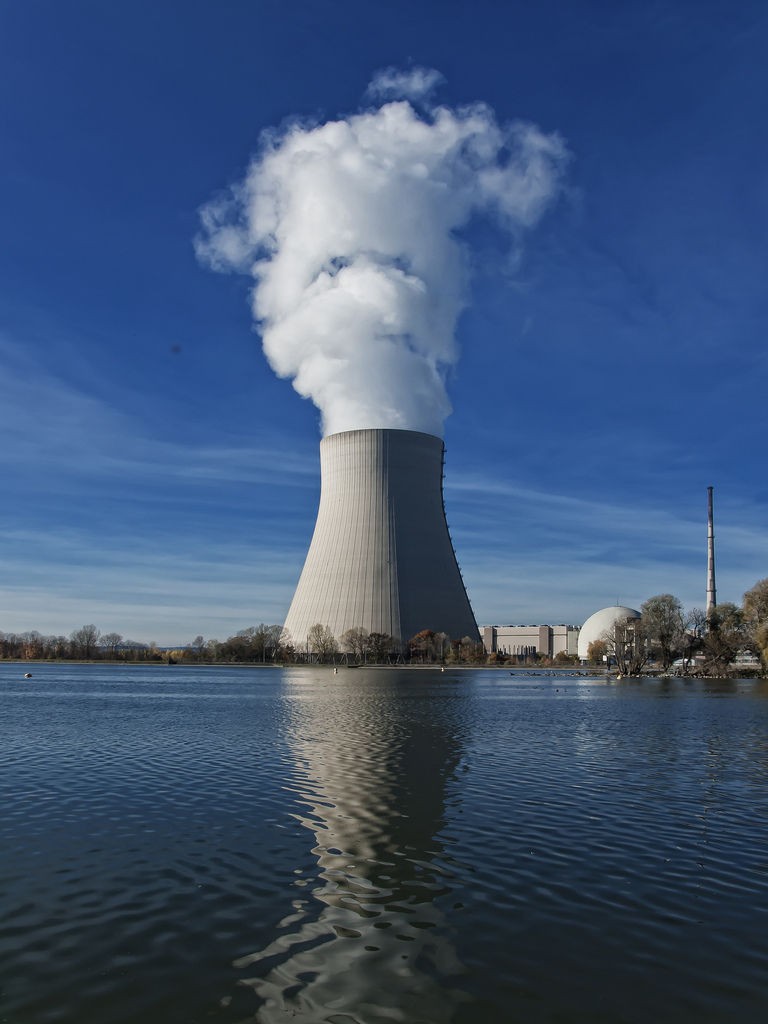
Join us on a fascinating journey as we explore local initiatives that encourage the use of renewable energy within our homes. Numerous municipalities provide appealing local incentives to embrace renewable energy, thus enabling you to save on the cost of solar panels or other eco-friendly power sources.
Harnessing renewable energy is a wonderful method to energize your home and even generate income by selling surplus energy back to the power grid. Look around your local area for real-world examples of residential renewable energy to spark your imagination.
The most effective renewable energy for domestic use—be it solar, wind, or geothermal—often depends on your geographic location. Remember, by switching to green energy, you’re not only saving money but also contributing to a more sustainable future.
‘By adopting green energy, we’re not merely saving pennies; we’re shaping a sustainable future!’
Frequently Asked Questions
What Is the Average Cost of Installing Renewable Energy Systems Like Solar Panels or Wind Turbines in a Residential Setting?
I’ve looked into this, and the average cost of installing solar panels or wind turbines in a home varies greatly. It’s dependent on location, system size, and product quality, but generally ranges from $15,000 to $25,000.
How Long Does It Typically Take to Recover the Initial Investment Made on Renewable Energy Systems Through Energy Savings?
It’s hard to pinpoint an exact timeline as it depends on the system’s cost, energy rates, and usage. However, most homeowners recover their initial investment in renewable energy systems within 5 to 10 years.
Are There Any Risks or Potential Downsides to Installing Renewable Energy Systems at Home?
Ironically, while I’m reducing my carbon footprint, I might face upfront costs, possible maintenance, and the challenge of living in an area with inconsistent sun or wind. However, these don’t outweigh the benefits.
How Do Renewable Energy Systems Perform in Areas With Less Sunlight or Wind?
In regions with less sun or wind, renewable energy systems still function well. They’re designed to store energy for such times. So, we’re never left without power, making them a reliable choice for any home.
Can a Home Be Entirely Powered by Renewable Energy, and if So, What Would This Entail?
Absolutely, my home could run entirely on renewable energy! It would involve installing solar panels, wind turbines, or a geothermal system. It’s like being part of an exclusive club, saving the world one kilowatt at a time.


Fun fact you already knew: the hyperbolic cooling tower like the one shown above became associated with nuclear power because of Three Mile Island, but it has nothing to do with the nuclear stuff. It just works well at large volumes – so a large coal plant can have one as well.
FYI: If you would like an easy-to-read look at daily life in a US nuclear plant, and what a bad day might be like, my novel “Rad Decision” tells the story in a way that allows a lay person to follow along and understand what the real problems were. The book is free online (no ads or sponsors) – just Google the title or go to my homepage.. I’ve been working away at atomic plants for some years now and can provide a rare insider’s viewpoint of both the good and the bad. [There are plenty of both, as with any energy source. } As a bonus, the plant design and bad day resemble Fukushima. Plenty of reader reviews at the homepage or Amazon.
Thanks for the information, I actually didn’t know that. You’re right, I’ve always seen it as synonymous with nuclear energy, and that’s interesting that it’s used for more traditional forms of energy as well.